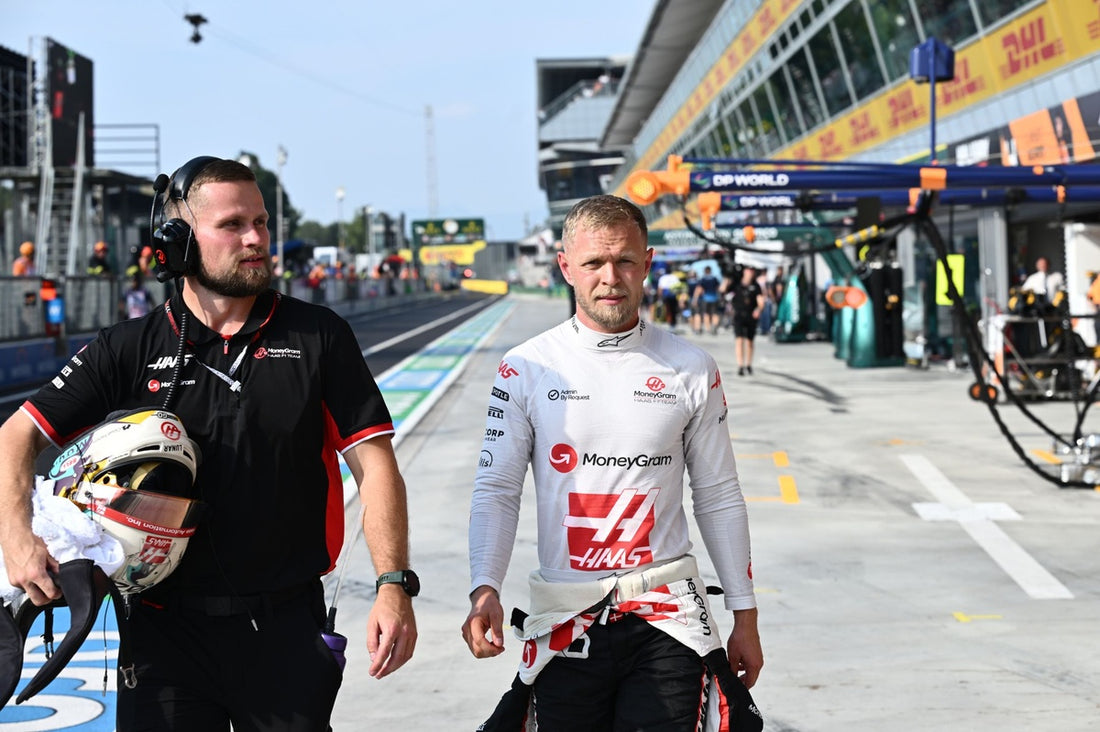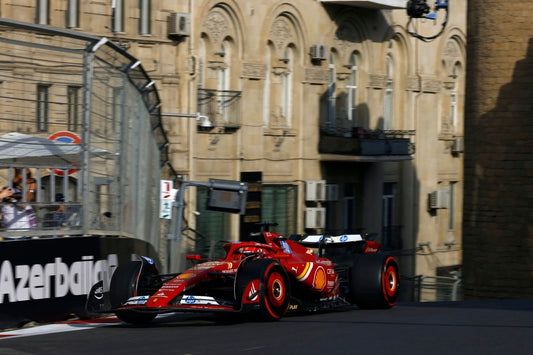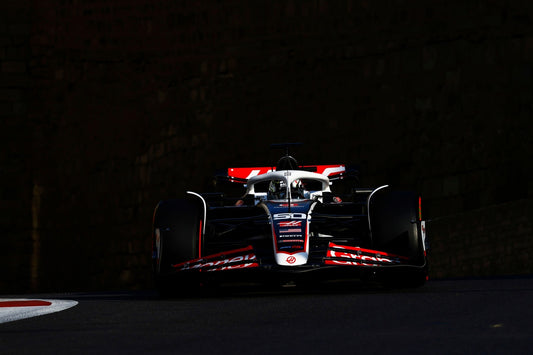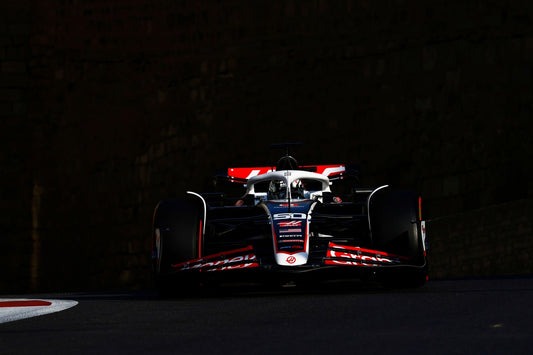Magnussen's Race Ban: Did F1 Stewards Go Too Far?
Manish
Kevin Magnussen's one-race ban at the Italian Grand Prix has sparked controversy and debate within the Formula 1 community. The Danish driver's minor incident with Pierre Gasly at the Variante della Roggia resulted in a 10-second penalty and two critical points added to his superlicence, bringing his total to 12 and triggering an automatic race ban for the Azerbaijan Grand Prix. This decision has left many questioning the consistency and fairness of Formula 1's current penalty system.
The Incident in Question
During the Italian Grand Prix, Magnussen attempted to overtake Gasly at the Turn 4-5 chicane. The Haas driver locked up and made wheel-to-wheel contact with Gasly's Alpine, causing the latter to take to the run-off area to avoid heavier contact. Despite the relatively minor nature of the incident and the lack of significant consequences for either driver, Magnussen received a hefty penalty that ultimately led to his race ban.
Comparing Incidents and Penalties
The severity of Magnussen's penalty becomes even more questionable when compared to other incidents from the same race. Nico Hulkenberg received an identical penalty for a more aggressive maneuver against Yuki Tsunoda, which resulted in the latter's retirement. Similarly, earlier incidents involving Daniel Ricciardo and Sergio Perez received lighter penalties or no penalty at all, despite potentially more dangerous outcomes.
Gasly's Surprising Support
Interestingly, Pierre Gasly, the driver directly involved in the incident with Magnussen, expressed surprise at the severity of the penalty. He stated that the contact was minor and did not significantly impact his race, even offering to vouch for Magnussen with the stewards. This support from the affected driver further highlights the perceived inconsistency in the application of penalties.
The Stewards' Perspective
While the outcome of an incident is not supposed to be the primary factor in determining penalties, the stewards' decision-making process has come under scrutiny. The focus on whether a driver lost control of their car and made contact, rather than the consequences of the incident, has led to debates about the fairness and consistency of penalties across different scenarios.
The Broader Implications
Magnussen's case raises important questions about the Formula 1 penalty system and its application. While the 12-point superlicence system is generally seen as an effective deterrent against dangerous driving, the inconsistency in how points are awarded for different incidents has become a point of contention. This situation highlights the need for clearer guidelines and more consistent application of penalties to ensure fairness for all drivers on the grid.
As Magnussen prepares to serve his race ban in Azerbaijan, the Formula 1 community will undoubtedly continue to debate the merits of this decision and its implications for future races. The incident serves as a reminder of the fine line between hard racing and punishable offenses in the high-stakes world of Formula 1, and the ongoing challenge of maintaining consistency in a sport where split-second decisions can have far-reaching consequences.




